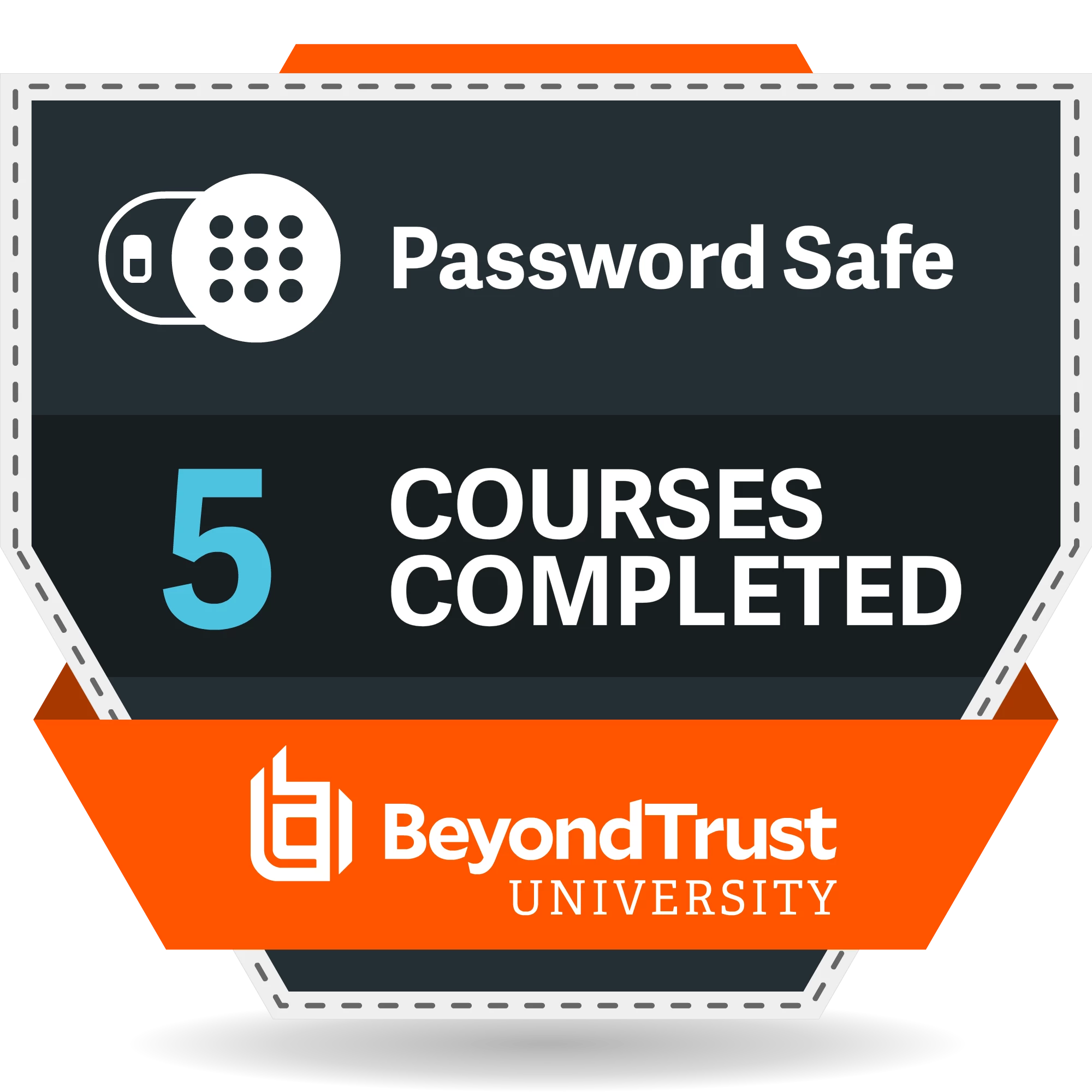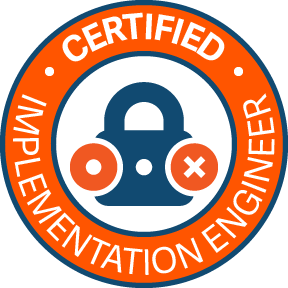Did you know Password Safe has a feature called Secrets Cache which can be leveraged in a DR/Outage situation to retrieve last known passwords for important break-glass accounts? This is extremely helpful when administrators are unable to access Password Safe. If communication with Password Safe is lost, the cache will provide the last known good managed account credentials even if the associated request has expired.
In order to set this up, there are some roles and permissions that need to be configured for the user running the Secrets Cache. More details around requirements can be found here: https://www.beyondtrust.com/docs/beyondinsight-password-safe/ps/cache/requirements.htm
If you're using Password Safe and you haven't checked this feature out yet, I strongly encourage you to check out the user guide located here: https://www.beyondtrust.com/docs/beyondinsight-password-safe/ps/cache/index.htm
Let me know if you have any questions below!






